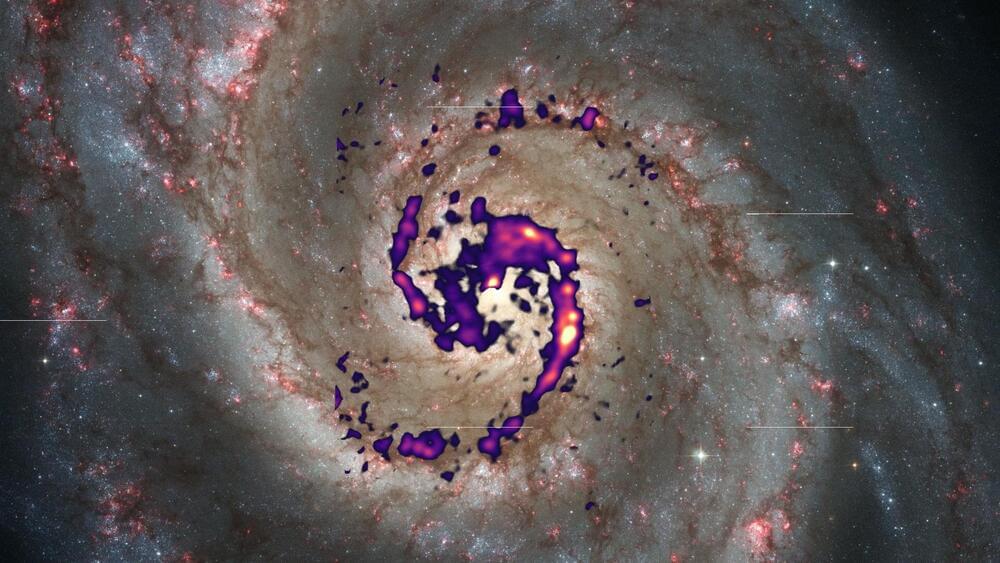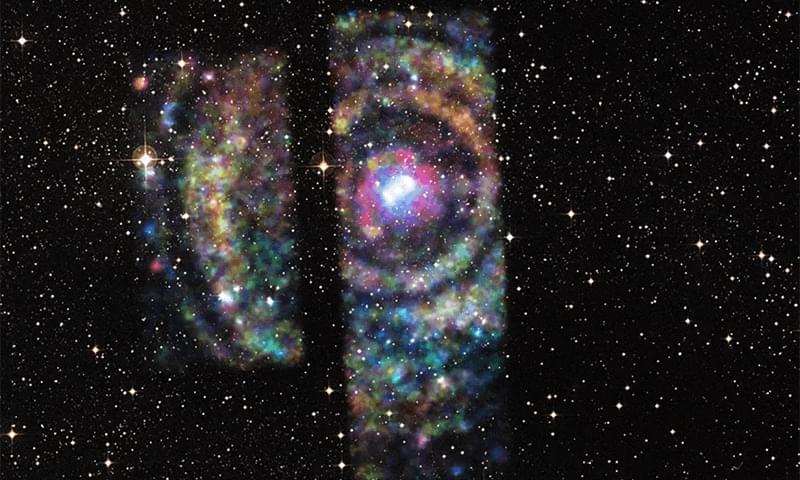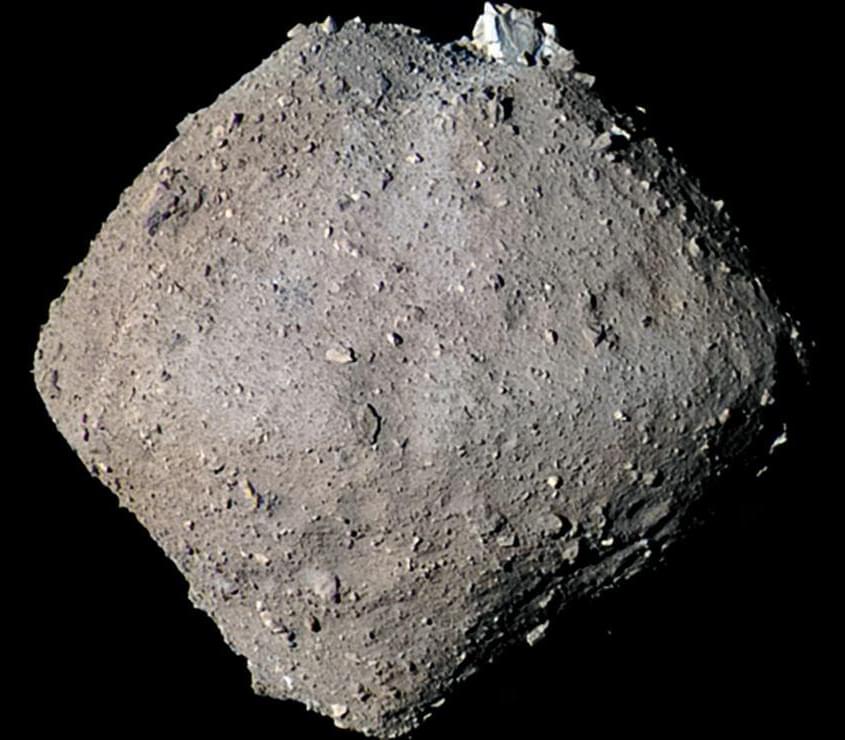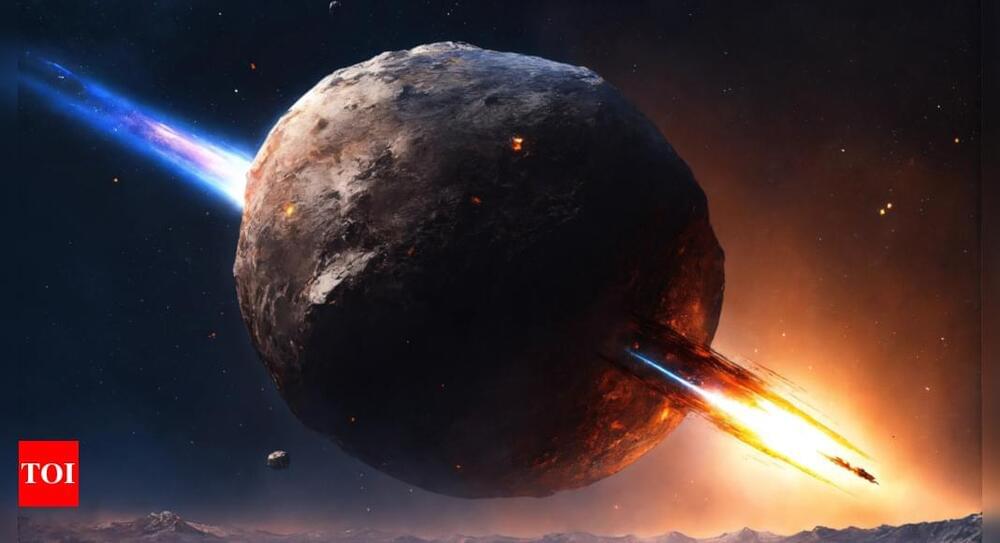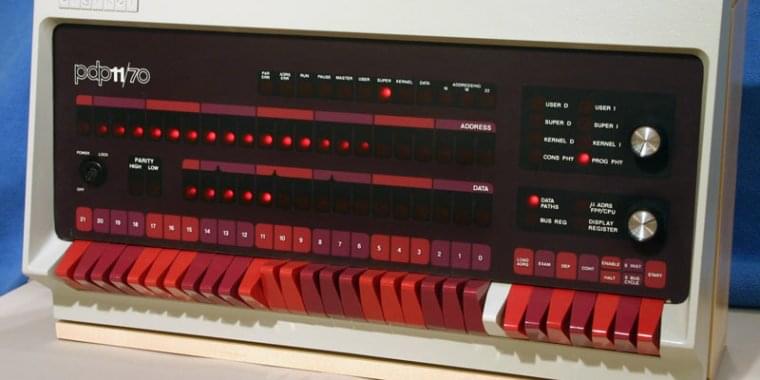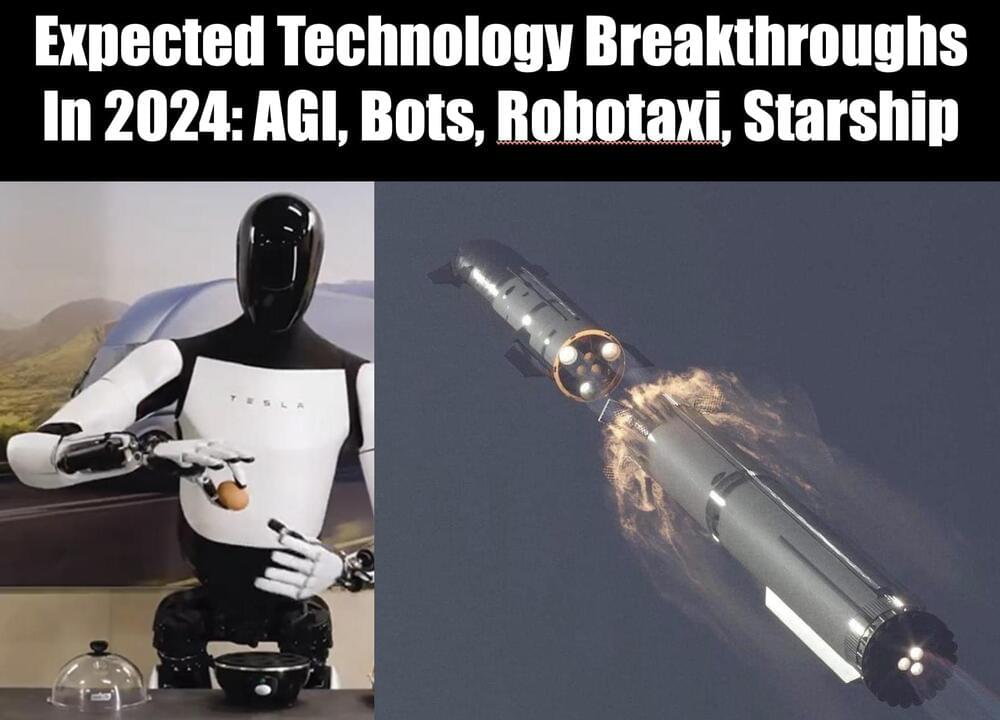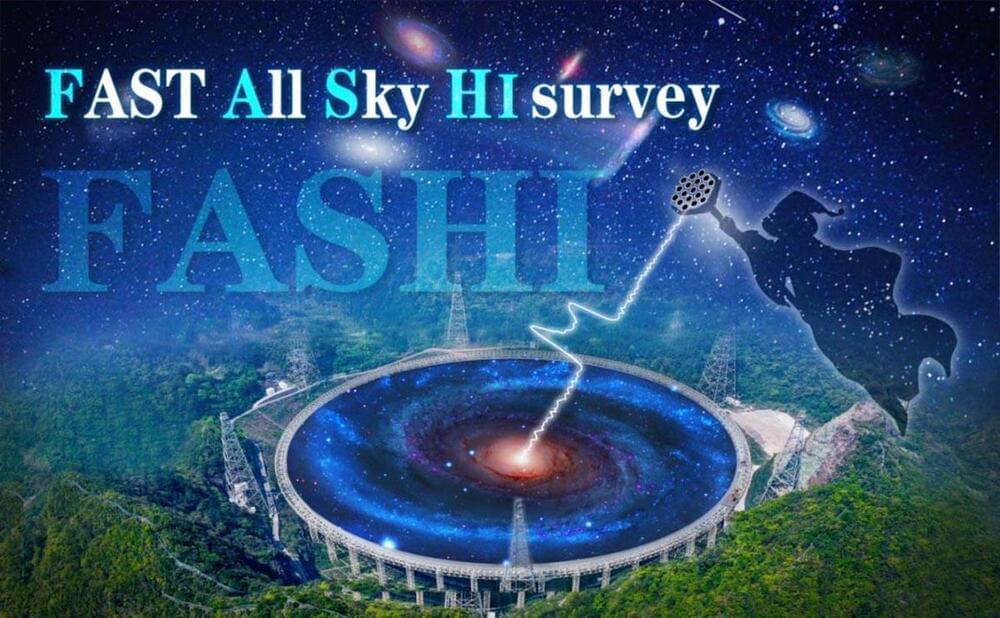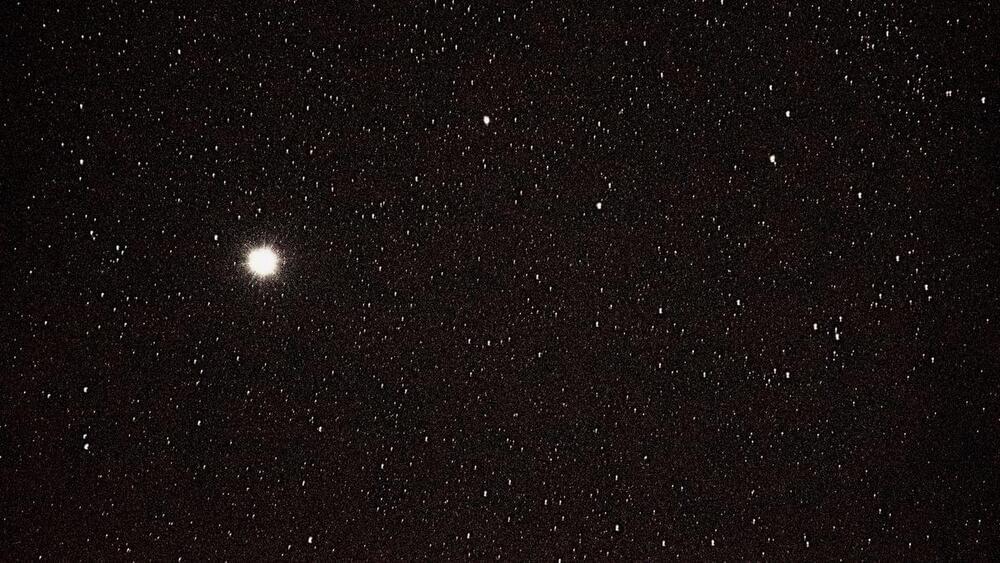An international research team led by the Max Planck Institute for Astronomy (MPIA) and involving the University of Bonn has mapped the cold, dense gas of future star nurseries in one of our neighboring galaxies with an unprecedented degree of detail. The data will enable the researchers for the first time to mount an in-depth study of the conditions that exist within the gas during the early stages of star formation outside the Milky Way at the scale of individual star-forming regions.
Their findings have now been published in Astronomy & Astrophysics.
Paradoxically, hot stars begin to form in some of the coldest regions of the universe, specifically in thick clouds of gas and dust that straddle entire galaxies. “To investigate the early phases of star formation, where gas gradually condenses to eventually produce stars, we must first identify these regions,” says Sophia Stuber, a doctoral student at the MPIA in Heidelberg and the first author of the research paper.
